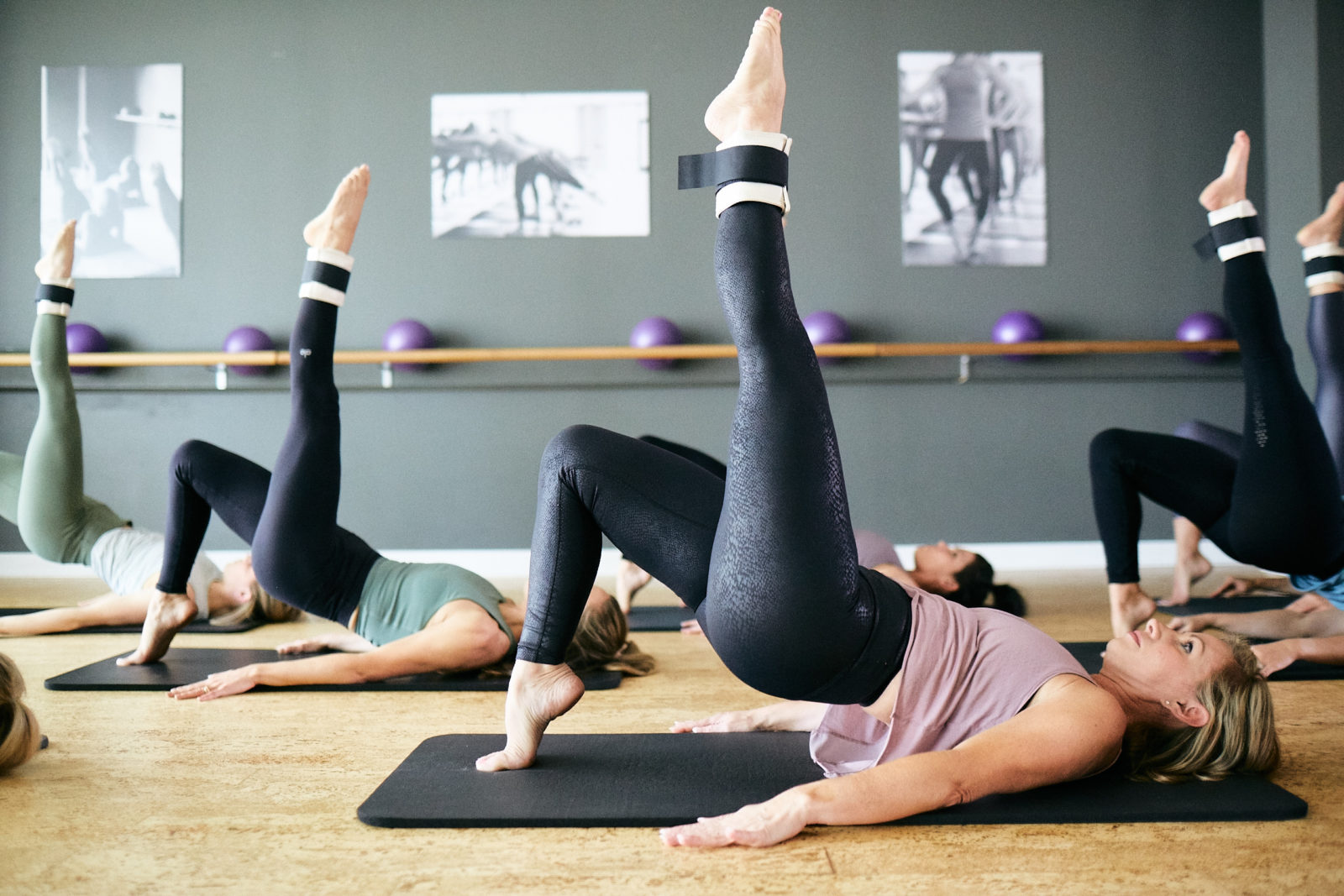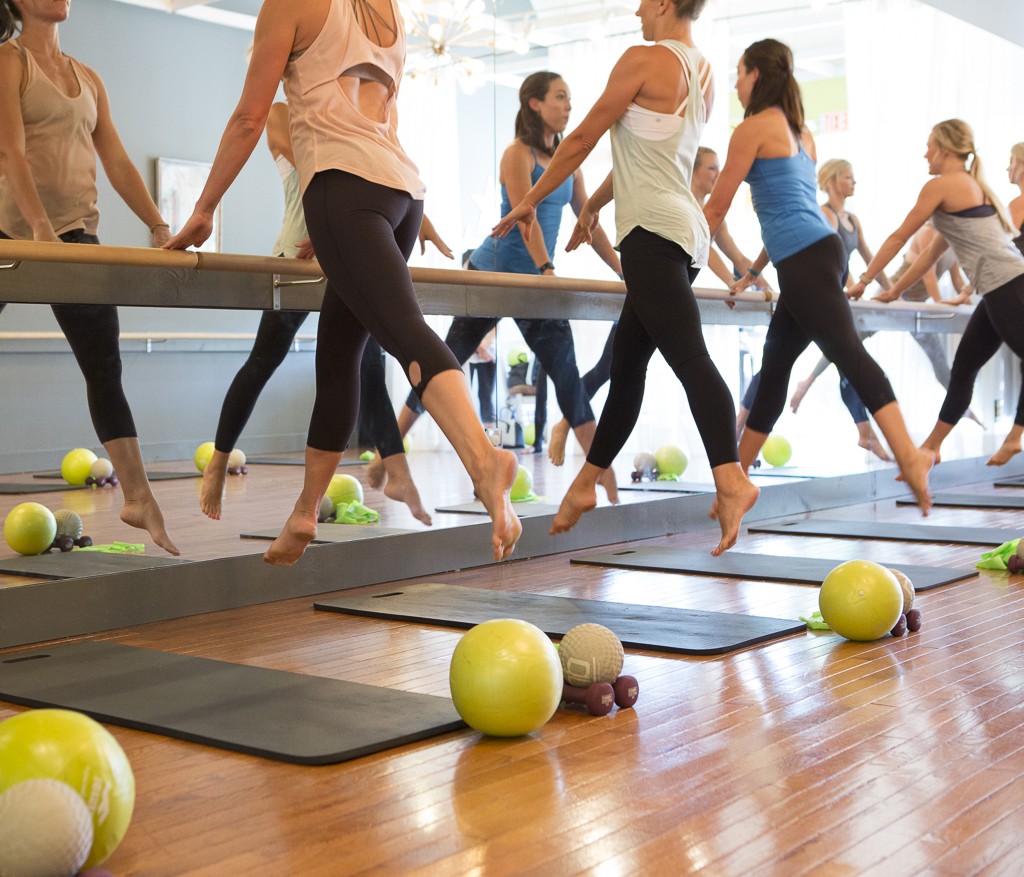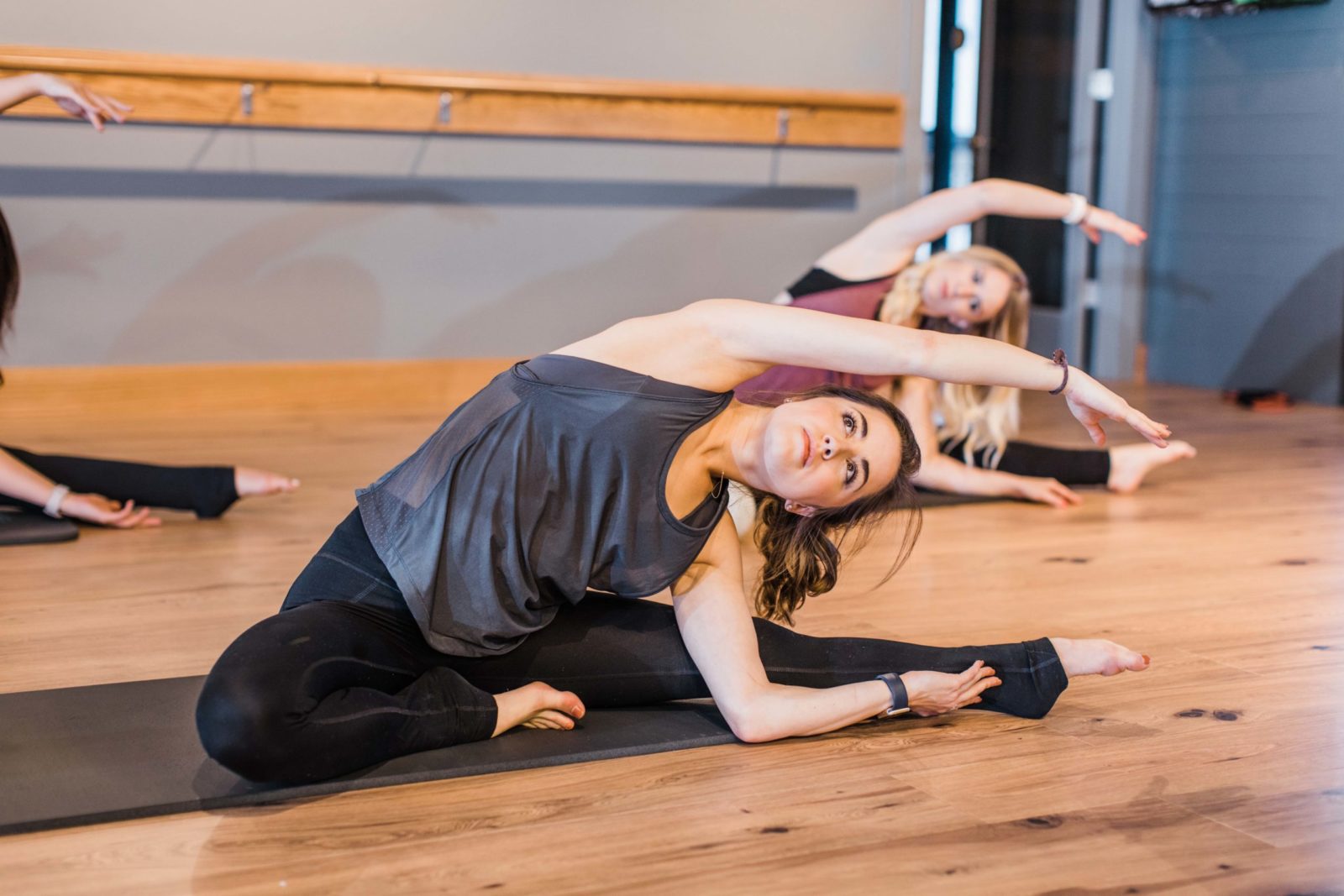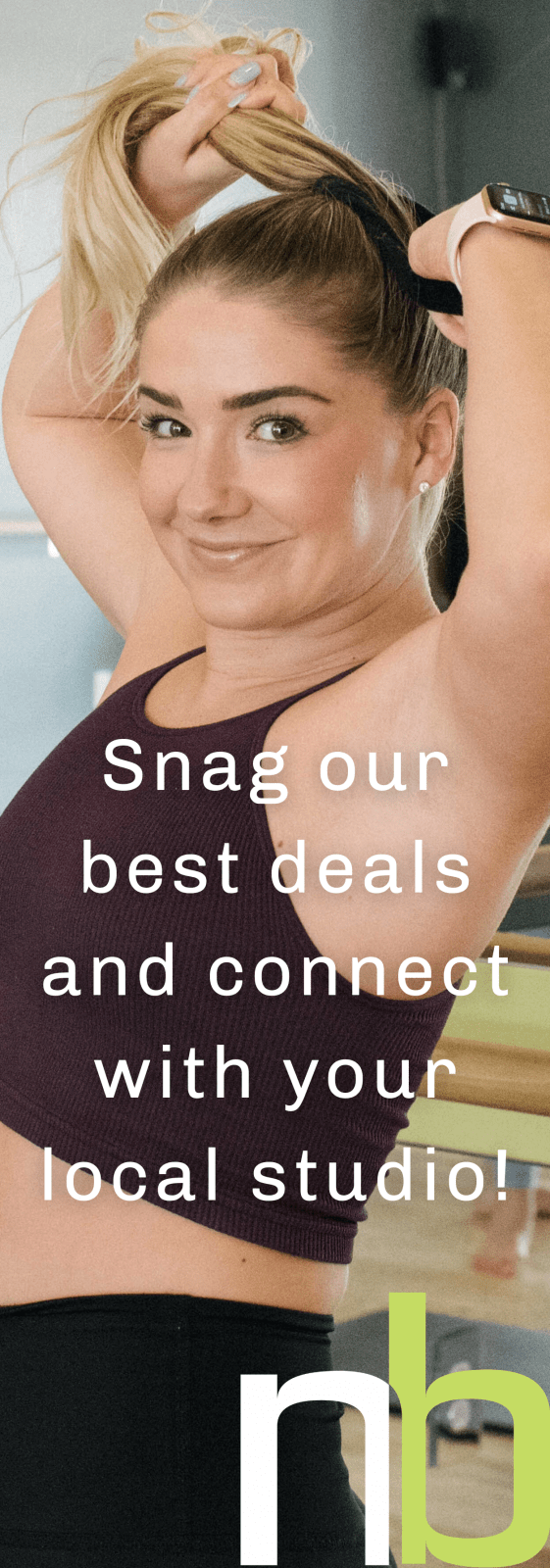Barre Vs. Other Workouts
Type in “fitness classes” in the google search bar, and there’s no shortage of workouts you can choose from these days. The most important thing is that you move you body, ideally a minimum of 30 minutes a day (brisk walks count too! You know, like the ones when you’re running late to a meeting or to drop-off your kid at preschool, wink wink). Joking aside, when you’re ready to sign up for a fitness class, how do you choose? We’re breaking down exactly how each workout differs – in terms of what muscles you use, how many calories you burn, and ultimately how you feel, within each workout.

So what’s the difference between barre, a typical strength training class, and cardio?
The primary difference is your range of motion, and the types of muscles you’ll use to perform each exercise. Traditional compound exercises like a HIIT or aerobic class move your joints through a full range of motion (think of squatting down and standing back up). Rather than larger, compound movements, you perform tiny, one-inch increments called isometric contractions in barre. Isometric contractions mean they involve little to no joint movement. Think of these movements as the opposite of typical strength training moves (or concentric and eccentric contractions), which occur when a muscle stretches then shortens (as in a bicep curl). Isometric exercises tense the muscle without changing the length, creating no impact on the joints. Because of this, you can perform higher reps and endure the position or exercise for longer than say a compound move you’d perform in a HIIT class. Plus, isometric movements can help strengthen muscles without straining tendons or ligaments, so there’s less risk of injury compared to more traditional strength training.

How does each option strengthen your body?
Higher-rep, low-weight exercises like those performed at the barre typically using just your own body weight target type I or slow-twitch muscles, which help increase endurance. In contrast, larger, compound movements target type II or fast-twitch muscles, which help with power and speed. Compare it to running a marathon vs. sprinting. Since you perform many reps of the same movement isolating a primary muscle in barre you’re working those muscles to exhaustion, which means you’re going past your comfort zone—and you’re going to feel it. That muscle reaches a point of fatigue quicker than an exercise that can share the energy expenditure throughout the body or with multiple muscle groups. Both types are responsible for increasing muscle size, but type I is credited with lean muscle tone, that creates more of a dancer’s physique.
Those slow twitch fibers will also improve your muscular endurance, helping to improve other cross-training exercises like running, or simply climbing the stairs without feeling your quads burn halfway through. In addition, many of the moves you’re doing in barre classes requires serious balance as well as flexibility, which typically isn’t involved in your standard cardio or strength workout, leading to better posture and improved stability.
And even though reaching that point of fatigue and shake may burn, it doesn’t mean you’re hurting yourself. Pushing through this trembling, within reason, is a type of muscle overload. This is what your muscles need to enact change, so basically, it means you’re making progress. Just be careful not to push past your limits. If you’re using proper form, injuries shouldn’t be an issue—but ask your instructor if you’re not sure.

How many calories will I burn?
Compound movements recruit more muscles to work simultaneously and recruit type II muscle fibers, which in turn drive up your heart rate. But keep in mind an initial, high-calorie burn post-class isn’t the end-all be-all for ongoing results. Cardio is often linked as the primary method of exercise to lose weight. The problem with this is 60% of the weight lost is fat, and 40% is muscle, with cardio exercise. And we don’t want to lose lean muscle, because lean muscle burns more calories per pound, per day, than fat does. Improving your lean muscle tone will raise your resting metabolic levels, helping you to burn more calories both during exercise and at rest. According to a survey on Fitness.com, yoga scored the lowest for calorie burn between Zumba, Spin, CrossFit, Barre, Yoga and other fitness options. The other great bonus of barre classes are the incorporation of aerobic elements, whether through full-body progressions within an exercise or through the pace of the class overall. Minimal ‘breaks’ and stretching during barre class allows the heart rate to work continuously, in comparison to a yoga or pilates class, where breath and stretch are a greater focus than tempo or the dance conditioning elements of your barre class.

What are the other benefits associated with each workout?
Low-impact exercise like barre is more approachable and modifiable for both beginners and those that are dealing with an acute or chronic injury. High-impact exercise carries a higher risk for injury, as it’s easier to to compromise your form or overexert yourself. Barre is also credited with building a greater mind-body awareness. A study in Time Magazine also credited mindful exercise with it being more addictive. They found you were more likely to stick with an exercise routine if it engages you mentally. The constant focus on form, posture, and proper muscle engagement in barre class creates mindfulness, greater body awareness, stress reduction, and maybe the best part – with all of that focus and attention, it doesn’t feel like an hour-long class! Cardio-intensive workouts are credited with improving your cardiovascular health, blood circulation, can boost mood, and of course your calorie burn during your workout.
How do I prevent exercise plateau?
Your body will ultimately adapt to any exercise routine, so the key is to keep it fresh and continually challenge your body. You can do this multiple ways! Ideally you’re mixing in elements of both cardio and strength training for maximum benefit in your weekly exercise routine. The great thing about NEIGHBORHOOD barre is it’s evolution of classes. We offer a variety of class styles to perpetually challenge your body and change up your workout. Even if you prefer one primary method of exercise or class style, consider pushing your limits within that class every 60 – 90 days. For example add on or change up your equipment, use heavier weights, or increase your endurance/repetitions within each exercise.


